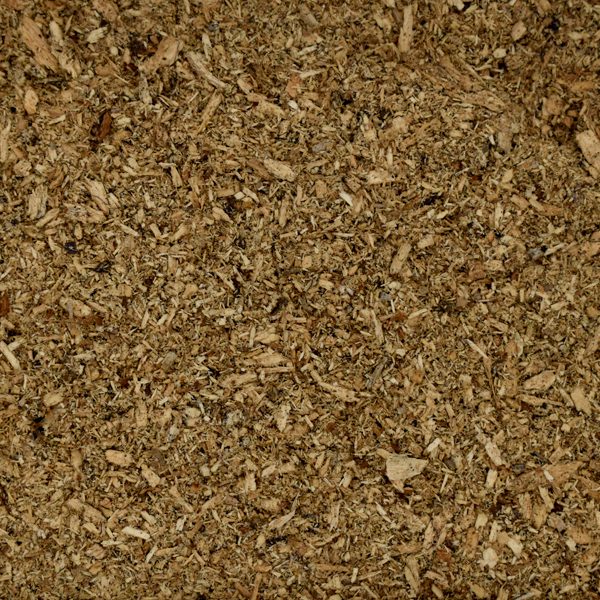What It Says On The Box:
• 100% Rotten hardwood crushed into wood flake.
• Ideal for adding wood content in to Beetle, Millipede & Isopod Substrate
• Made using only Oak and Beech.
• Suitable for larval food and egg laying.
Making Beetle Substrate
Substrate tips:
• Freeze the substrate for 3 days before use to kill of any other Invertebrates that may be living in the substrate.
• When setting up a breeding tank mix larval frass (Poo) into the substrate as it will stimulate females to start laying
• When moving larvae into new rearing tubs add 250ml of substrate from the egg laying tank as this contains beneficial bacteria.
• For the same reason as above only replace 50% of the larval substrate at a time.
• Check the moisture level before use. When the substrate is squeezed it should bind momentarily, if water is released it is to wet.
Below are general guideline for suitable substrates for the most popular families of beetle kept in captivity. Some species might prefer a slightly different ratio of substrate so it is recommended you research the species you are trying to rear.
Fruit/Flower Beetles (Centonidae): 4:1 Leaf/Wood Ratio.
Larvae: A Composition of 80% Leaf Humus & 20% Decayed Wood flake. For most small to medium species you will need 0.5ltr of substrate per larvae and on average each larvae will consume 1ltr until pupation.
Adults: Use the same composition as larvae though you can bulk out the substrate with organic compost (up to 20%). Adding an inch of leaves on top of the substrate encourages some species to lay more eggs. Substrate needs a minimum depth of 15cm.
Rhino Beetles (Dynastidae): 1:4 Leaf/Wood Ratio
Larvae: Substrate should comprise of 20% Leaf Humus & 80% Decayed Wood flake.
Adults: Use the same substrate as larvae though organic compost (up to 50%) can be used to bulk out the substrate for larger species. The substrate needs to be a minimum depth of 25cm though larger species like Megasoma, Chalcosoma
and some Dynastes will need 50-90lts of substrate. Compress the first 10-20cm of substrate as hard as possible and then add the rest of the substrate on top. This replicates a rotten tree stump and encourages females to lay eggs. Check for larvae after 6-weeks.
Stag Beetles (Lucanidae): 100% Decayed Wood
Larvae: Use Fermented decayed wood flakes (Flake Soil) for optimum growth and males in major sizes. Larvae can also be reared on Decayed wood flake that have not been fermented and major males can still be produced by feeding the
larvae additional protein supplement. Fill 80% of the rearing jars with wood flakes compressed as much as possible, make a hole in the center for the larvae and fill the hole with substrate from the breeding tank. The substrate needs changing every 3 months until pupation.
Adults: As Stag Beetles lay eggs into rotten logs though don’t need a large volume of substrate just enough to cover the logs. Add 5-10cm of Decayed wood flakes, compressed as hard as possible into the enclosure. On top of this add the logs used to egg laying and then fill the enclosure with more wood flakes until they cover 2/3rds the height of the logs.


